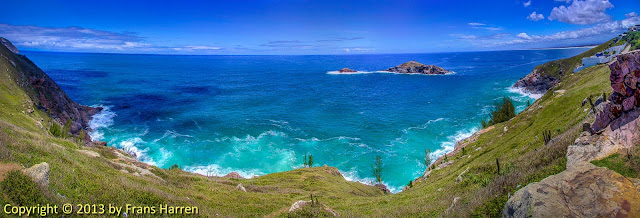
Arraial do Cabo
Arraial do Cabo, 45km east of Saquarema, is surrounded by gleaming white sand dunes and offers all the beauty of Búzios with half the fuss. The sign at the town entrance proclaims that this is ‘Where the sun spends the winter’, and indeed, it’s easy to feel that this little town at the end of the peninsula is a charmed world unto itself. Arraial is home to a working fishing port, Porto do Forno, which lends it a welcoming working-class demeanor. Funny little lighthouse statues at intersections around town also add a touch of charm. Some of the best beaches – pristine swaths of gorgeous sand and bright-green waters – are within an easy 15-minute stroll of the downtown bus station, while others are just a short boat ride away.
Arraial is a good place to observe humpback whales (Megaptera novaeangliae) and several other marine mammal species. Since 1999, scientists at the Projeto Baleias e Golfinhos de Arraial (Arraial Whale and Dolphin Project) have been studying the local whales and their migration routes, which pass directly offshore.
See: Lonely Planet, Wikipedia
Atlantic Ocean
The Atlantic Ocean is the second-largest of the world's oceanic divisions. With a total area of about 106,400,000 square kilometres, it covers approximately 20 percent of the Earth's surface and about 29 percent of its water surface area. The first part of its name refers to Atlas of Greek mythology, making the Atlantic the "Sea of Atlas".
The Atlantic Ocean occupies an elongated, S-shaped basin extending longitudinally between Eurasia and Africa to the east, and the Americas to the west. As one component of the interconnected global ocean, it is connected in the north to the Arctic Ocean, to the Pacific Ocean in the southwest, the Indian Ocean in the southeast, and the Southern Ocean in the south (other definitions describe the Atlantic as extending southward to Antarctica). The equator subdivides it into the North Atlantic Ocean and South Atlantic Ocean.
See: Wikipedia











0 comments:
Post a Comment